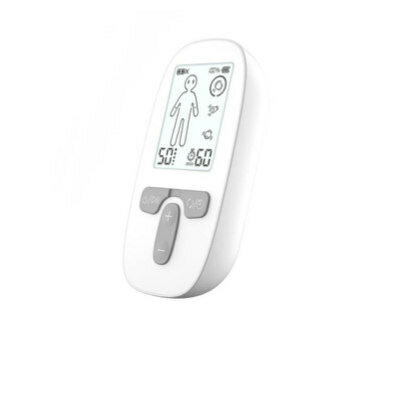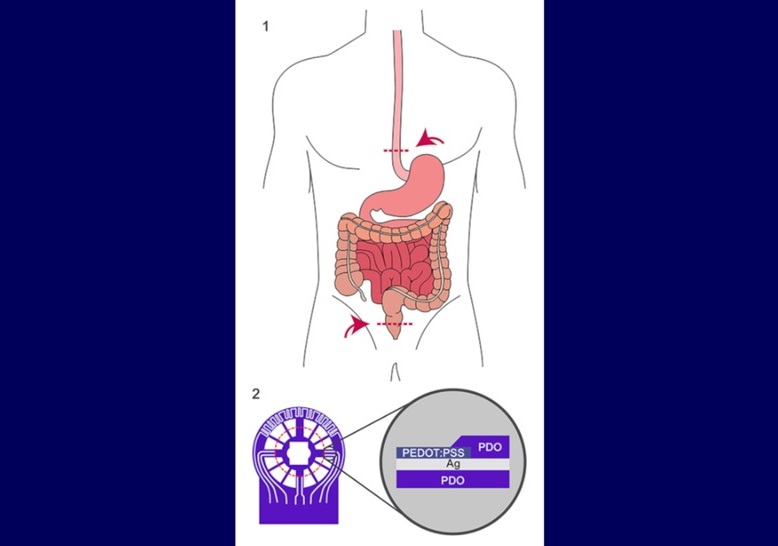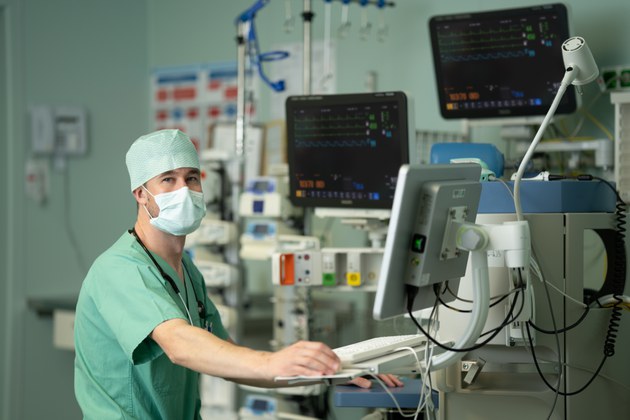Light Therapy Could Treat Vascular Constriction Diseases
|
By HospiMedica International staff writers Posted on 30 Nov 2014 |
A new study describes a receptor on blood vessels that cause them to relax in response to light, making it potentially useful in treating vascular diseases.
Researchers at Johns Hopkins University (JHU; Baltimore, MD, USA) used polymerase chain reaction (PCR) to demonstrate that melanopisn (Opn4, a member of a group of non-image-forming light receptors) is expressed in blood vessels in mice via a photorelaxation mechanism. Further force-tension myography tests in the mice tails demonstrated that vessels in mice that lacked Opn4 failed to display photorelaxation, which was also inhibited by an Opn4-specific small-molecule inhibitor.
The researchers also found that vasorelaxation is wavelength-specific, with a maximal response at about 430–460 nm. Blue light (455 nm) was found to regulate tail artery vasoreactivity ex vivo and tail blood blood flow in vivo, supporting a potential physiological role for this signaling system. The researchers also discovered that photorelaxation did not involve endothelial-, nitric oxide-, carbon monoxide-, or cytochrome p450-derived vasoactive prostanoid signaling, but was associated with vascular hyperpolarization. The study was published in the November 17, 2014, issue of Proceedings of the National Academy of Sciences of the United States of America (PNAS).
“If we can develop novel ways of delivering light to blood vessels, this molecular switch for relaxation could be harnessed in all types of vascular disease treatment,” said senior author Dan Berkowitz, MD, of the JHU departments of anesthesiology, critical care, and biomedical engineering. “We plan to use high-intensity light-emitting diodes (LEDs) incorporated into gloves as a potential mode of therapy for these patients. Additionally, socks with LEDs could be used in diabetic patients to potentially enhance blood flow and heal chronic ischemic ulcers.”
Melanopsin is also in found intrinsically photosensitive retinal ganglion cells, which do perceive light but are much slower to react to visual changes than the better-known rod and cone cells. They have been linked to a number of behavioral responses to light, including circadian photo-entrainment, light suppression of activity in nocturnal animals, and alertness in diurnal animals. Another type of melanopsin based receptor is involved in the association between light sensitivity and migraine pain.
Related Links:
Johns Hopkins University
Researchers at Johns Hopkins University (JHU; Baltimore, MD, USA) used polymerase chain reaction (PCR) to demonstrate that melanopisn (Opn4, a member of a group of non-image-forming light receptors) is expressed in blood vessels in mice via a photorelaxation mechanism. Further force-tension myography tests in the mice tails demonstrated that vessels in mice that lacked Opn4 failed to display photorelaxation, which was also inhibited by an Opn4-specific small-molecule inhibitor.
The researchers also found that vasorelaxation is wavelength-specific, with a maximal response at about 430–460 nm. Blue light (455 nm) was found to regulate tail artery vasoreactivity ex vivo and tail blood blood flow in vivo, supporting a potential physiological role for this signaling system. The researchers also discovered that photorelaxation did not involve endothelial-, nitric oxide-, carbon monoxide-, or cytochrome p450-derived vasoactive prostanoid signaling, but was associated with vascular hyperpolarization. The study was published in the November 17, 2014, issue of Proceedings of the National Academy of Sciences of the United States of America (PNAS).
“If we can develop novel ways of delivering light to blood vessels, this molecular switch for relaxation could be harnessed in all types of vascular disease treatment,” said senior author Dan Berkowitz, MD, of the JHU departments of anesthesiology, critical care, and biomedical engineering. “We plan to use high-intensity light-emitting diodes (LEDs) incorporated into gloves as a potential mode of therapy for these patients. Additionally, socks with LEDs could be used in diabetic patients to potentially enhance blood flow and heal chronic ischemic ulcers.”
Melanopsin is also in found intrinsically photosensitive retinal ganglion cells, which do perceive light but are much slower to react to visual changes than the better-known rod and cone cells. They have been linked to a number of behavioral responses to light, including circadian photo-entrainment, light suppression of activity in nocturnal animals, and alertness in diurnal animals. Another type of melanopsin based receptor is involved in the association between light sensitivity and migraine pain.
Related Links:
Johns Hopkins University
Latest Critical Care News
- Ultra-Stable Mucus-Inspired Hydrogel Boosts Gastrointestinal Wound Healing
- E-Tattoos Harvest Energy and Monitor Health in Real Time
- Focused Ultrasound Tricks Tumors into Marking Themselves for Destruction
- World's Smallest Programmable Robot Opens Up New Possibilities in Medicine
- Remote Ventilate View Platform Enables Real-Time Monitoring of Patient-Ventilator Asynchrony
- Soft “Cyborg” Cardiac Patches Improve Stem Cell Heart Repair
- Soft Wearable System Offers Continuous Wireless Monitoring of Neonatal Health
- AI-Enhanced Wearables Could Transform Type 2 Diabetes and Prediabetes Care
- Breathable Electronic Skin Paves Way for Next-Generation Wearable Devices
- AI Transforming Colon Cancer Diagnosis
- Ventricular Assist Device Offers Long-Term Use in Children Waiting for Donor Heart
- Precision Approach Improves Immunotherapy Effectiveness for ICU Patients with Sepsis
- Soft Robots Could Donate Their Heart to Humans
- Bioadhesive Strategy Prevents Fibrosis Around Device Implants on Peripheral Nerves
- Miniature Non-Invasive Robotic Catheters to Improve Infertility Treatments
- Stick-On Patch Monitors Baby's Movements In Utero
Channels
Surgical Techniques
view channel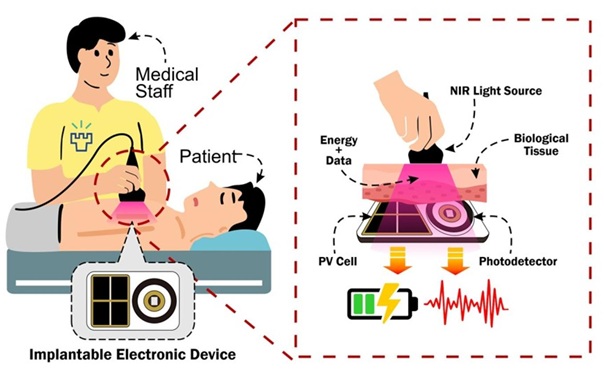
NIR Light Enables Powering and Communicating with Implantable Medical Devices
Implantable medical devices rely on wireless communication and long-lasting power sources to function safely inside the body, yet existing radio-based methods raise concerns around security, interference,... Read more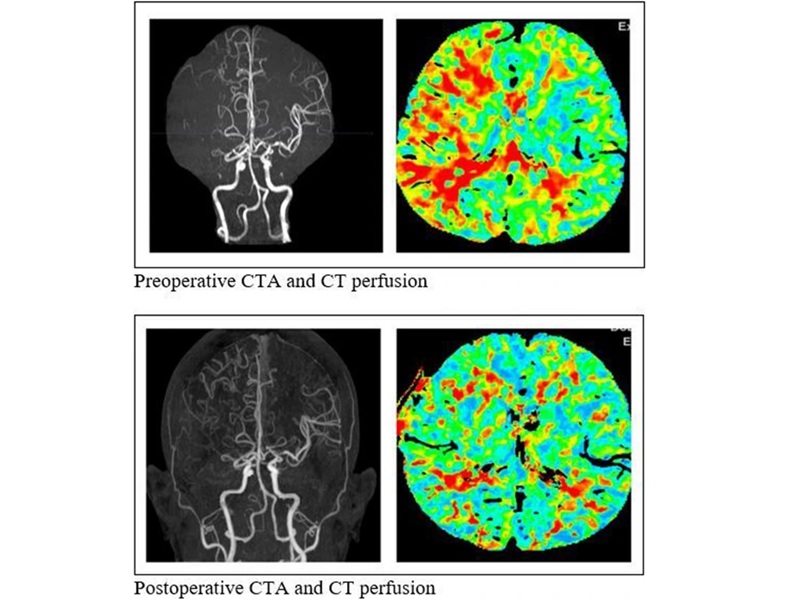
Simple Bypass Protocol Improves Outcomes in Chronic Cerebral Occlusion
Chronic cerebral arterial occlusion and moyamoya disease are major causes of ischemic stroke, particularly in regions where access to advanced diagnostic tools is limited. Assessing cerebral blood flow... Read morePatient Care
view channel
Revolutionary Automatic IV-Line Flushing Device to Enhance Infusion Care
More than 80% of in-hospital patients receive intravenous (IV) therapy. Every dose of IV medicine delivered in a small volume (<250 mL) infusion bag should be followed by subsequent flushing to ensure... Read more
VR Training Tool Combats Contamination of Portable Medical Equipment
Healthcare-associated infections (HAIs) impact one in every 31 patients, cause nearly 100,000 deaths each year, and cost USD 28.4 billion in direct medical expenses. Notably, up to 75% of these infections... Read more
Portable Biosensor Platform to Reduce Hospital-Acquired Infections
Approximately 4 million patients in the European Union acquire healthcare-associated infections (HAIs) or nosocomial infections each year, with around 37,000 deaths directly resulting from these infections,... Read moreFirst-Of-Its-Kind Portable Germicidal Light Technology Disinfects High-Touch Clinical Surfaces in Seconds
Reducing healthcare-acquired infections (HAIs) remains a pressing issue within global healthcare systems. In the United States alone, 1.7 million patients contract HAIs annually, leading to approximately... Read moreHealth IT
view channel
EMR-Based Tool Predicts Graft Failure After Kidney Transplant
Kidney transplantation offers patients with end-stage kidney disease longer survival and better quality of life than dialysis, yet graft failure remains a major challenge. Although a successful transplant... Read more
Printable Molecule-Selective Nanoparticles Enable Mass Production of Wearable Biosensors
The future of medicine is likely to focus on the personalization of healthcare—understanding exactly what an individual requires and delivering the appropriate combination of nutrients, metabolites, and... Read moreBusiness
view channel
Philips and Masimo Partner to Advance Patient Monitoring Measurement Technologies
Royal Philips (Amsterdam, Netherlands) and Masimo (Irvine, California, USA) have renewed their multi-year strategic collaboration, combining Philips’ expertise in patient monitoring with Masimo’s noninvasive... Read more
B. Braun Acquires Digital Microsurgery Company True Digital Surgery
The high-end microsurgery market in neurosurgery, spine, and ENT is undergoing a significant transformation. Traditional analog microscopes are giving way to digital exoscopes, which provide improved visualization,... Read more
CMEF 2025 to Promote Holistic and High-Quality Development of Medical and Health Industry
The 92nd China International Medical Equipment Fair (CMEF 2025) Autumn Exhibition is scheduled to be held from September 26 to 29 at the China Import and Export Fair Complex (Canton Fair Complex) in Guangzhou.... Read more









